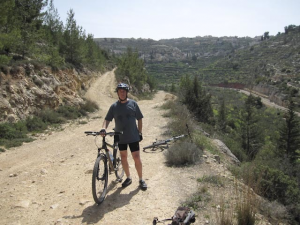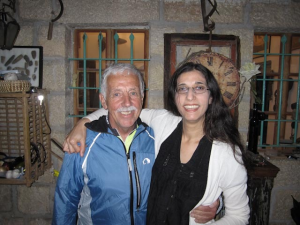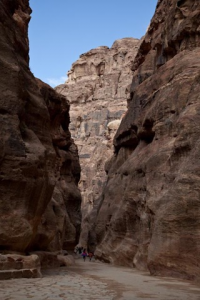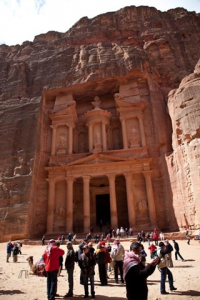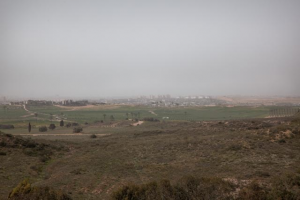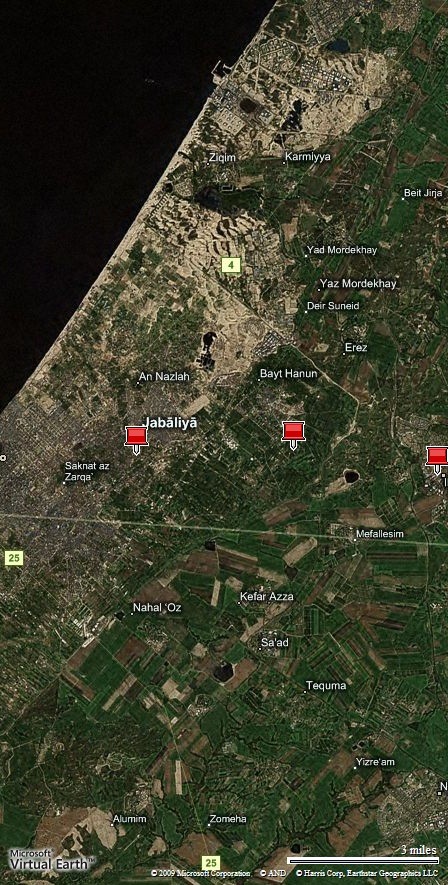Seat of Israeli Government
- March 3rd, 2009
- Write comment
Yesterday we visited the Supreme Court of Israel and the Knesset, or Israeli Parliament.
The Supreme Court and the overall court system is quite a bit different than the US system. The most similar feature is that the Supreme Court is the highest court of appeal for criminal and civil cases. The most unique feature is that any suit brought against the government goes directly to the Supreme Court acting as the High Court of Justice. A suit can be brought to challenge a specific action by the government—say, demolishing some Israeli Arab houses—or to challenge a law passed by the Knesset. Anyone can bring a suit against the government, even a party which has not been harmed—so, many Israeli NGOs bring suits on behalf of underprivileged residents or to challenge specific laws as incompatible with Israel’s “Basic Laws.” You can bring the case, but the court has to agree to hear it. Israel never completed a constitution so the 11 basic laws are the nearest thing to the US Constitution and Bill of Rights. In addition to the criminal and civil court system, there are separate religious courts for Jews, Arabs, Christians, and Druse.
Residents can enter any court room and observe the proceedings, except cases involving very sensitive state secrets (which are rare and often challenged). We entered the High Court of Justice and heard part of any interesting case. An Israeli NGO supported by New Israel Fund gives tours of the ultra-ultra Orthodox section of Hebron. This is a post 1967 Jewish settlement in the occupied territories of the West Bank. The situation of the ultra-Orthodox in Israel is worth an entire posting. For now, the ultra orthodox or Haredim are Hasidic Jews who live like the Jews of Russia or the Ukraine of the 18th century. They wish to minimize contacts with and influence of the outside world and fiercely resist interference. They have extensive support from the Israeli Ministry of Religious Affairs. In Hebron, the Haredim have often attacked outside tour groups. So, the tours are accompanied by 30-50 police officers. The police tried to suspend the tours as being too dangerous. The NGO sued the government asserting that eliminating the tours violated basic rights and that the police should only be allowed to block tours when there were very specific risks based on specific events.
There have also been significant cases trying to alter the route of the separation barrier which Israel is building around Jerusalem, extending to many Jewish settlements in the West Bank (more about this later).
